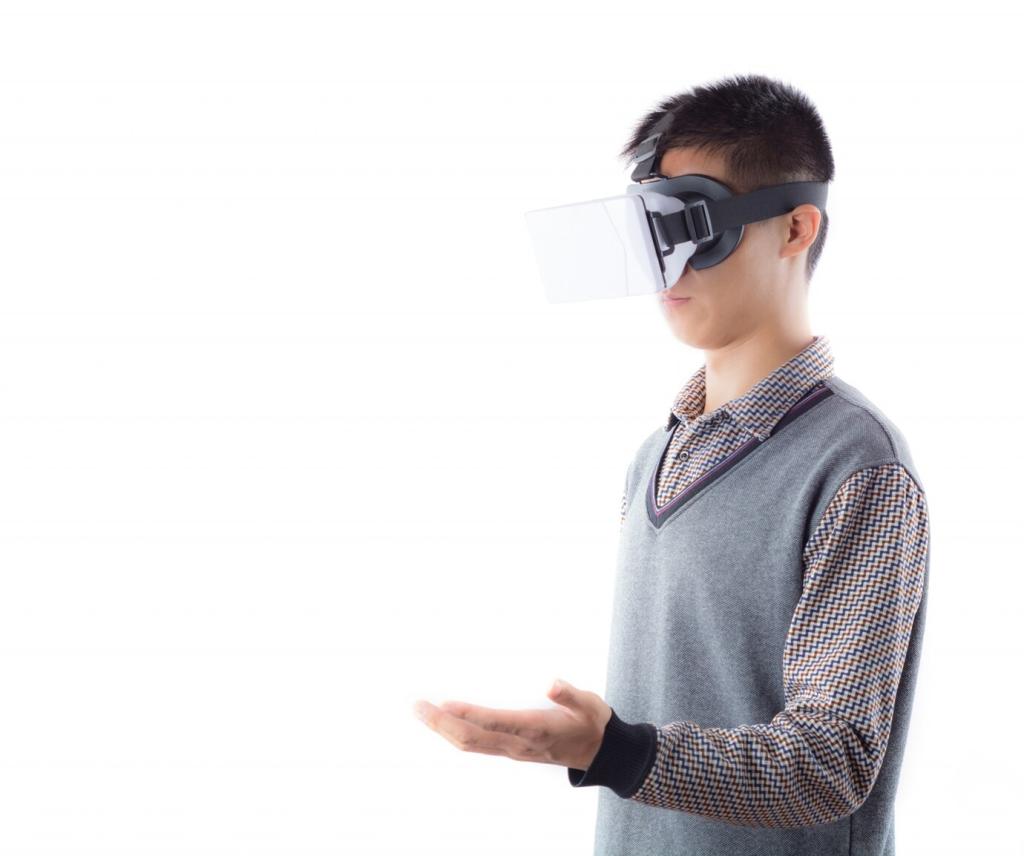Security, Sustainability, and Responsibility
More connected endpoints mean a broader attack surface. Embrace zero-trust principles, strong identity, and continuous monitoring. What controls do you need to trust 5G for mission-critical operations? Share priorities, and we’ll publish a practical checklist.
Security, Sustainability, and Responsibility
5G radios and edge compute can reduce waste by processing locally and transmitting less. Combine efficient hardware with demand-aware scaling, and you cut energy while improving responsiveness. Sustainability becomes both a metric and a competitive advantage.










